UK-based Shrimp Welfare Project believes humane slaughter will play a large role in the future of shrimp farming
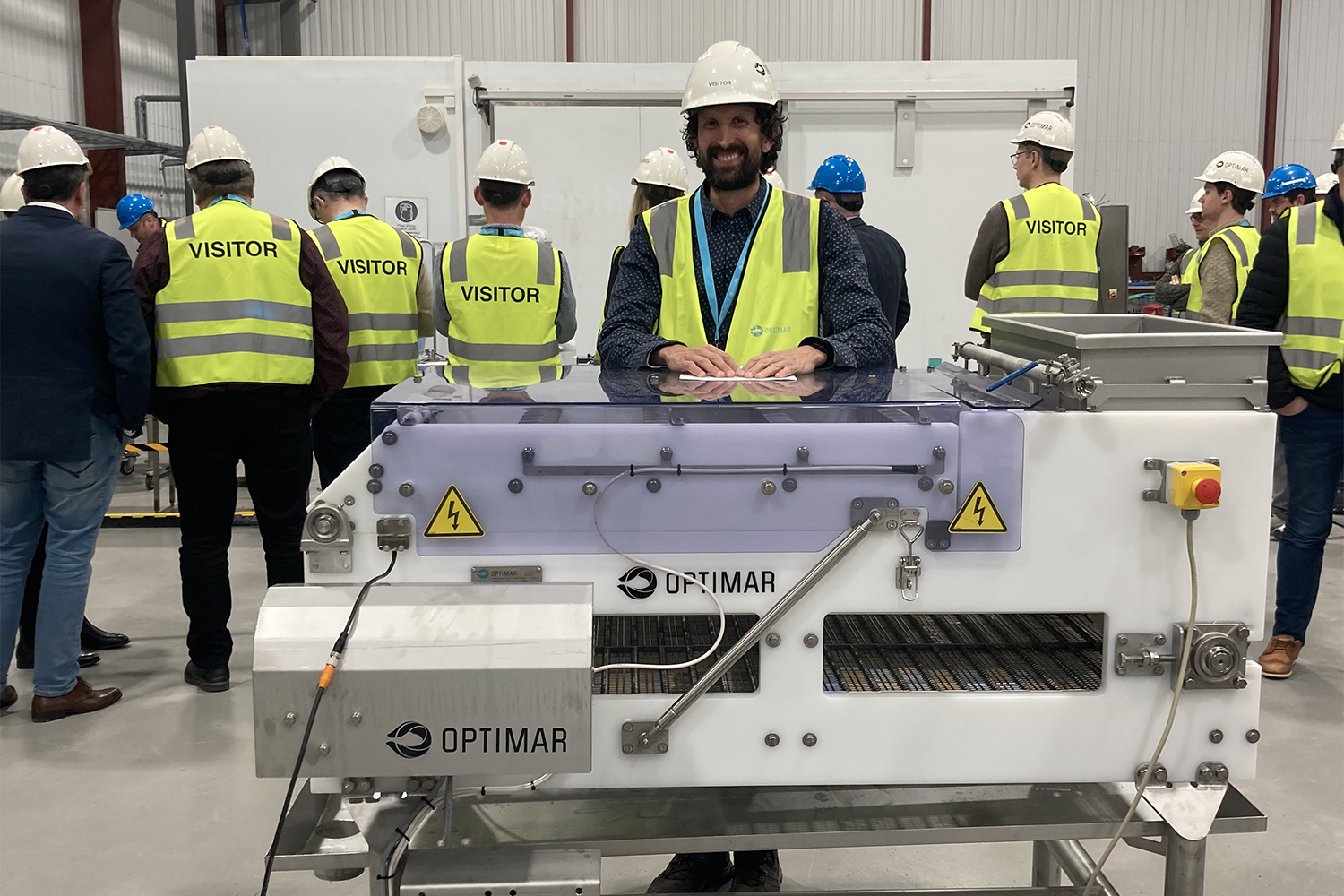
Last June, the Shrimp Welfare Project (SWP) surveyed 400 consumers from the United Kingdom and the European Union about their feelings on sentience and welfare as it pertains to farmed shrimp, one of the most widely traded seafood products in the world.
The UK-based group was keenly interested in answers to two main questions: Did these consumers believe shrimp were sentient animals? And would they be prepared to pay a premium for shrimp that had been humanely raised and slaughtered?
Respondents gave a unanimous yes to both questions – which was no surprise to the outfit’s CEO, Andrés Jiménez Zorrilla.
“Cage-free eggs and free-range chicken command a high premium in grocery stores, and there’s no reason why humanely slaughtered shrimp shouldn’t as well,” he said.
Shrimp Welfare Project is a registered nonprofit aiming to support and encourage the shrimp industry to adopt higher welfare animal practices, with a specific focus on humane slaughter. With the support of funders such as Open Philanthropy, it launched an initiative last year offering free electrical stunners to qualifying shrimp producers. The equipment can render the shrimp unconscious before they are placed in slurry ice.
Zorrilla says there is a lot of research underway indicating that electrical stunning is the most humane way to render the crustaceans unconscious before slaughter. He cites work by London-based animal welfare organization Crustacean Compassion and academics from the London School of Economics in their 2021 report on sentience among cephalopods, molluscs and decapod crustaceans.
‘It’s not rocket science’
Dr. Amaya Albalat, a crustacean physiologist at the University of Stirling’s Institute of Aquaculture, is leading a research project that is measuring the neurological activity and behavior of shrimp simultaneously. The goal is to record neurological (EEG-type) activity in shrimp after electrical stunning, as compared to an animal placed on slurry ice without being stunned.
“One of the motivations for this project is that for many years, people thought that because shrimp don’t move much when placed on slurry ice, that means it’s an effective method of killing,” she said. “In this research, we aim to provide data from a neurological perspective to elucidate whether that’s the case, or whether the animals are just paralyzed by the cold.”
The electrical stunners, presently provided by Norwegian manufacturer Optimar, cost between $60,000 and $80,000 each. To qualify for a stunner, farmers must commit to using the device for 2,000 metric tons (MT) of shrimp per year, and one of their major buyers must co-sign the agreement with Shrimp Welfare Project. To date, SWP has delivered seven stunners to producers in Ecuador, Honduras, Vietnam and Thailand.
Zorrilla is thrilled at the rate of acceptance.
“The collective volume of all the producers we’ve provided with stunners is close to 250,000 MT per year, which is almost 10 percent of the worldwide export market,” he said. “We’re engaging with very large producers who have significant volume.”
While the equipment to stun shrimp has been available for years, industry uptake has been low until now. Zorrilla said processors had never seen it in operation and there were many concerns about how the stunners worked. So his team created videos to demystify the equipment and demonstrate how it is used.
“We wanted to show them it’s not rocket science, and it’s not even that expensive, because we’re paying for it,” said Zorrilla. “Processors pay only the costs of shipping and set-up of the equipment. We hope that, plus the demand for humane slaughter by retailers, will reduce industry resistance.”
In most cases, he added, the demand for a stunner is fueled by pressure from buyers who want their suppliers to engage in humane slaughter. He noted that recently, Marks & Spencer published a policy requiring electrical stunning of shrimp in its supply chain.
“Waitrose and Albert Heijn are also moving towards humane slaughter, and we see these policies coming from more and more retailers in the coming months,” he said. “So, our offer of a free stunner is a great opportunity for those producers who get ahead of the curve and start addressing sustainability and animal welfare.”
His team has engaged mostly with European retailers to date, but intends on reaching out to retailers in North America in the upcoming months.
“I see no reason why consumers in the U.S. and Canada would care less about shrimp welfare than their counterparts in Europe,” Zorrilla said.
Seajoy’s ablation-free shrimp answers emerging welfare concern
‘From zero to 71 percent’
Marks & Spencer has been at the forefront of advocating for shrimp welfare and humane slaughter. Since 2019, it has prohibited eyestalk ablation among its suppliers. In July 2023, the company reinforced its commitment by publishing its Crustacean Welfare Policy, pledging not to sell live decapods and to only engage with new suppliers using stunning before killing the animals.
“We said that by the end of 2024 we will have completed electrical stunning trials in all our vannamei (Pacific white shrimp, Litopenaeus vannamei) supply chains, with a view to moving away from thermal shock by the end of 2025,” said Linda Wood, aquaculture and fisheries manager for the Marks & Spencer Group. “By the end of 2025, we committed to have completed trials for all our black tiger prawns with a view to ensuring all our black tiger prawns are effectively stunned as soon as possible.”
The retail chain purchases approximately 200 tons of warm water prawns per year. Wood said that, as a result of SWP’s work, two of its suppliers in Honduras and Vietnam have electrical stunners.
“Between now and the end of 2025, 71 percent of our warm water prawns will be electrically stunned, and 80 percent of them will be vannamei,” said Wood. “We will have gone from zero to 71 percent.”
Interestingly, Wood believes the demand for humane slaughter of shrimp is driven more by retailers rather than consumers.
“I think consumers assume that when they buy something, especially at Marks & Spencer, the highest possible standards of animal welfare are already in place,” she said. “For years, people have not thought of shrimp as being sentient in the same way as terrestrial animals. But once you know this, there’s no option but to do the right thing. Shrimp are farmed animals, and we have a duty of care for its life.”
The retailer’s suppliers have been quick to comply with the new policy, and much of that fast traction has been thanks to SWP’s funding of the stunners.
“To date, we’ve been able to keep the same suppliers and they’ve amended their ways to comply with the policy,” she said. “We already work with some of the leading shrimp farmers around the world, and they recognize the need for continuous improvement and for doing the right thing.”
Wood added that by April 2024, Marks & Spencer would be adding the effective stunning requirement to its wild lobster, and that the processors have already taken steps to implement these changes.
Is the regulation of fish welfare based on scientifically validated criteria?
The heat is on
The pressure on British retailers to improve animal welfare requirements is led, in part, by Crustacean Compassion – an organization that campaigns for the legal protection and humane treatment of decapod crustaceans in the UK. It plans to release a public benchmark that will show how UK companies are addressing decapod crustacean welfare issues based on their policies and practices.
“No one wants to be shown as lacking in this area, so this will spur companies on to do better, and we will continue to be benchmarked every year for progress,” Wood said. Based on the time and resources Marks & Spencer has invested in its crustacean policies, she is hopeful it will come out in the top section of the league.
“Shrimp Welfare Project is a great organization trying to do really good things,” said Wood. “We feel it’s important to do the right thing by these animals, and when we learned about their sentience, we took steps to establish a policy on our expectations and set ourselves some targets.”
The stunners are large pieces of equipment, and they are only practical for producers with some level of vertical integration, Zorilla added.
“My hope is that as more retailers start to demand humanely slaughtered shrimp, the tech developers see it as a deep enough market to start developing new equipment that can service smaller producers,” he said. “Because right now, there’s little incentive for this type of equipment.”
Zorrilla added SWP has sufficient funding to supply electrical stunners for another two to three years, based on an uptake rate of seven stunners per year.
“We have about €2 million (U.S. $2.1 million), and I don’t think our limiting factor will be funding,” he said. “What we want shrimp producers to know is that we’re convinced electrical stunning will be a market-access element to certain markets, which will mean they will have to own one of these pieces of equipment. They need to act quickly to get one for free because there will be a time when we can no longer do this.”
Now that you've reached the end of the article ...
… please consider supporting GSA’s mission to advance responsible seafood practices through education, advocacy and third-party assurances. The Advocate aims to document the evolution of responsible seafood practices and share the expansive knowledge of our vast network of contributors.
By becoming a Global Seafood Alliance member, you’re ensuring that all of the pre-competitive work we do through member benefits, resources and events can continue. Individual membership costs just $50 a year.
Not a GSA member? Join us.
Author
-

Lauren Kramer
Vancouver-based correspondent Lauren Kramer has written about the seafood industry for nearly 20 years.
Related Posts
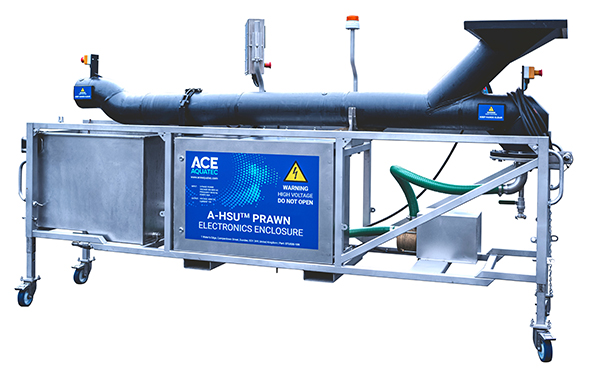
Health & Welfare
Ace Aquatec launches in-water portable prawn stunner to improve aquaculture welfare
The company's Prawn Humane Stunner Universal can stun prawns unconscious in less than one second, improving animal welfare in aquaculture.
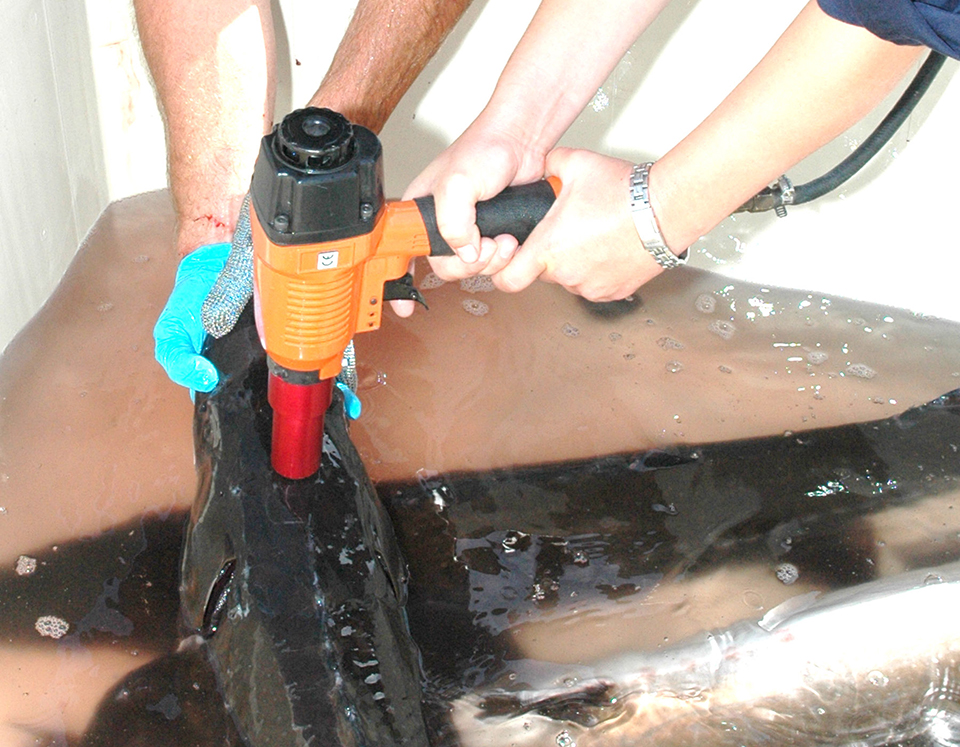
Health & Welfare
Animal welfare: Growing factor in international aquaculture
Although concerns for the animal welfare of food animals are currently highest in the United Kingdom and European Union, they are also growing in other parts of the world.
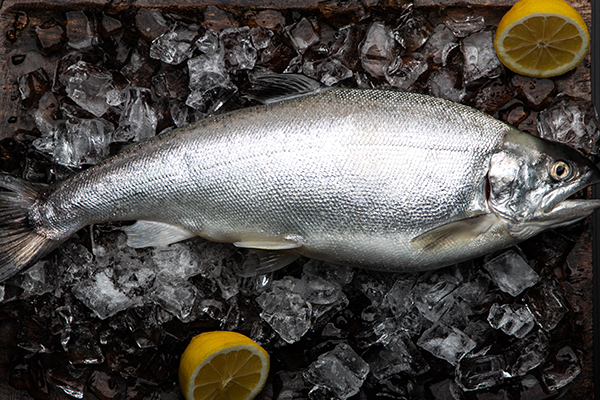
Health & Welfare
Coho salmon farmer sees Ike Jime partnership as a welfare and quality differentiator
New York-based Local Coho is the first aquaculture company to partner with Shinkei Systems and its automated Ike Jime humane slaughter technology.
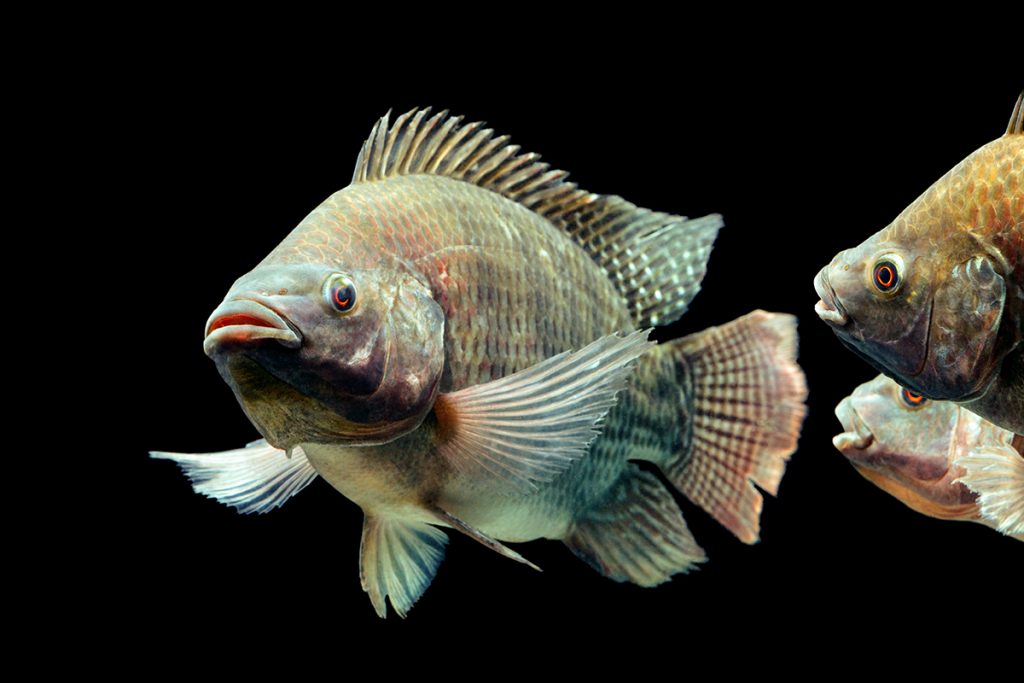
Health & Welfare
‘The right thing to do’: How aquaculture is innovating to reduce fish stress and improve animal welfare
With research showing that stress can damage meat quality, fish and shrimp farmers are weighing the latest animal welfare solutions.


